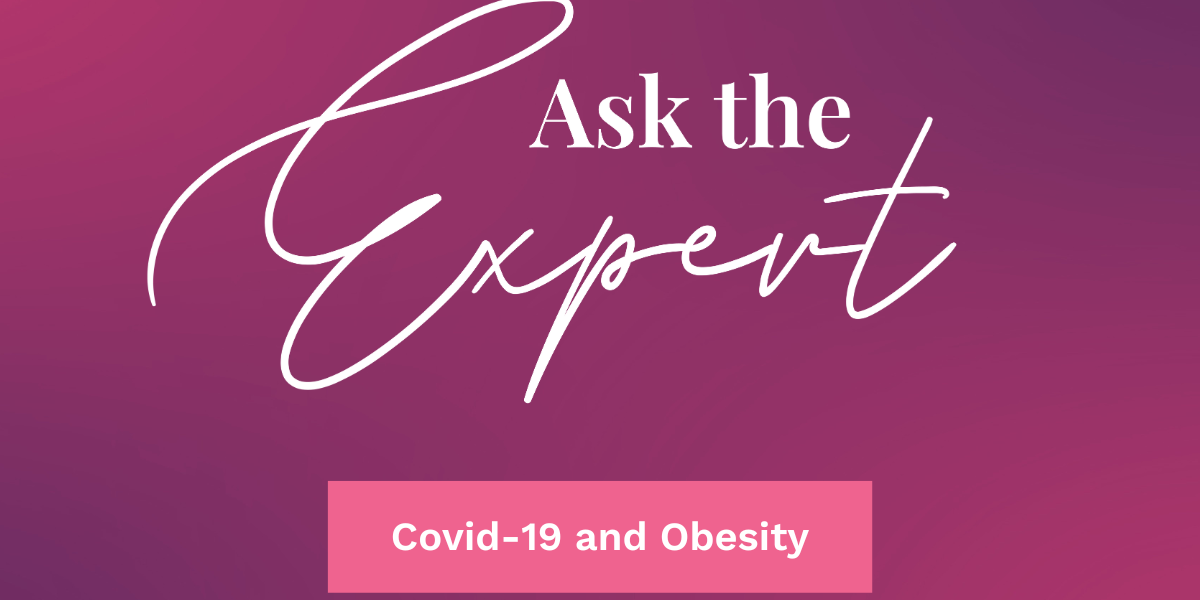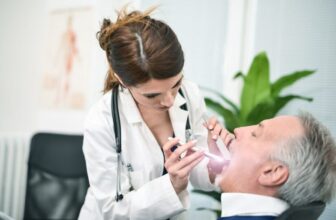
[adinserter block=”3″]
The Experts:
Kelynne Oristel, RN-BC, DDN GNP, APRN-BC
President of Haitian Alliance Nurses Association of greater New York area
Adrianna Nava, PhD, MPA, MSN, RN
President of National Association of Hispanic Nurses
How did the Covid-19 pandemic impact the community you serve?
[Kelynne Oristel] When we look at the pandemic and where we’ve come from, so to speak, in practice I am seeing that my clients are living with some of the sequalis, or some of the after effects, of being ill with Covid. We have to understand that obesity in itself is a significant risk factor for diseases and having, being obese predisposes one to a lot of medical issues – high blood pressure, high cholesterol, uh, asthma, you know breathing difficulties and then having, uh, Covid further compounds that, and knowing my community, my folks, you know, were very hesitant to seek care during that time, and and there were some trust issues. So those things I think, uh, had a huge impact on access for, you know, people within my community. And those that I work closely with who are, you know, disproportionately,you know, at a disadvantage as it relates to,healthcare access and, and health promotion and maintenance activities.
[ Adrianna Nava] In my hat as the president of the National Association of Hispanic nurses, a lot of our advocacy efforts focus on the Latino community, and we know that in advocating for improved health outcomes for our community, the Latino community did experience a significant impact,from the Covid-19 pandemic. We experienced higher infection rates as a population as well as higher mortality rates. There was a economic impact as the pandemic,definitely, uh, was harmful to those individuals who worked in industries that are like retail and food service and were greatly impacted by the pandemic, and then there was also an education impact as our Latino children were sometimes unable to transition to remote learning due to limited access to technology and the internet. So these are some of the things or ways that our community has been impacted by Covid.
Did you see that people living with obesity were more affected by Covid-19 than others?
[Kelynne Oristel] There was some huge, uh, disparities as it relates to,clients who have obesity, and other risk factors that predisposes them for certain illnesses, such as diabetes and asthma. So these illnesses had great impact,because they were already there to begin with. Obesity in itself, though people struggle with understanding that it is a chronic illness, further puts, further placed individuals at risk for,for illness and complications related to Covid-19 in general.
What complicated how to address Covid-19 symptoms for the community you serve and did you feel they had enough information and resources available to them?
[ Adrianna Nava] One of the things that complicated some of the ways to address the symptoms or their experiences with Covid-19 was the significant amount of misinformation that was widespread throughout the Latino community, and this information and misinformation was spread throughout a variety of channels, including social media, messaging apps to one another, sometimes word of mouth, and some of the examples of the misinformation was, you know, related to some of the conspiracy theories, false cures and treatments, or misleading information about vaccines, so at times it would be a little bit more challenging for our community to actually have the correct information and get it in a language that was making it more accessible and able for them to treat their symptoms or seek care. So this was something that was, our organization, aimed to address and, unfortunately, our community did experience a good amount of poor health outcomes like I mentioned earlier, but one of the things that we’re trying to do is to combat this information and joining other coalitions to make sure that our community and other communities had the most up-to-date and correct information available.
As we work with patients from different cultures, we know that some patients may not feel comfortable asking questions. In your association, how do you ensure your patients are getting their questions answered? How do you make sure they understand their treatment options, and how do you help them navigate those options?
[Kelynne Oristel] Asking questions of the provider in my, community which is, uh, Haitian, uh — you know I’m of Haitian descent and most of, uh, my clients are of Haitian descent —there is a struggle, right? In the Haitian community, when you do have someone who accesses healthcare, they don’t ask questions. You’d be lucky to get them to do as you ask them to do in order to treat illness. Part of it is,seeing someone they can relate to, right? To communicate the need to ask the questions,and as an organization, we try to empower those folks in the community to ask specific questions, uh, when I leave here today – and we may need someone to translate it for them because,or make it as simple as possible. When I leave here today, what do I need to follow up with? If you’ve prescribed this medication, what is it for? How do I take it? So it’s about really making things as simple as possible so when your clients come to you and they come with these alternative, complementary alternative, uh, modalities or, or treatment, don’t shy them away. See how we can actually make it work as part of the treatment regimen? Part of the, the, uh, the thing of getting people comfortable, uh, to ask questions, they have to be comfortable with the, the, the person who’s delivering the message, right, and not feel overwhelmed or not feel, uh, minute or small, like this person’s bigger than me. We have to make our clients comfortable and then provide accurate information. Don’t dismay, uh, their cultural practices because that impacts them seeking healthcare, right? So those, I think, that’s fairly important,
What are you doing to educate your nurses to better serve different communities?
[ Adrianna Nava] One of the things that we’ve really focused on as an organization is the professional development of our nursing workforce, and, some of that is, you know, active communication, empathetic listening, being able to learn about different cultures and, the importance of diversity, just because we want to make sure, that our nurses are able to treat different types of patient populations, not just our Latino community, so but making them aware and comfortable doing so, and one of the other things we do specific to obesity is that we do work within the Nurses’ Obesity Network, and this is a diverse group of nursing organizations that are committed to changing the way we view treat and advance care for individuals who are living with obesity, not as a proud member of this organization, and we focus on creating materials, education materials, for our members as well as advocacy and making sure that we educate legislators on different options for addressing obesity as well as looking at it from a prevention standpoint but also from a treatment standpoint as well, so we can improve outcomes for our communities. So some of the things that we focus on is educating our nursing workforce. Um, we also work with the American Nurses Association. They have a Healthy Nurse, Healthy Nation initiative that is really great and focuses on the nursing workforce, how they can integrate some of these, you know, sometimes as nurses, we, we, you know, take care of other people and aren’t the best of taking care of ourselves. So, making sure they have access to education on adequate nutrition, physical activity, etc., but then also looking at it from external lens of how do we advocate for change, and some of our work there has been focused on legislative change.
Can you share your success in how you are managing not just the conversation on obesity but more importantly the continuum of care for obesity in the time of Covid-19?
[Kelynne Oristel] For those who have weathered the storm, um, and are here today, let us not forget that those, you know, based on some of the statistics — and, you know, look at CDC’s statistics — that, um, you know, there was an increased risk of hospitalization for those folks who are a certain age, particularly 65 and older, and those with an increased BMI, of course, uh, were at risk as well, um, but since, uh, the, the height, uh, in 2020, we’ve made, uh, great strides, right? So through, um, vaccinations, um, really pushing, uh, folks to get vaccinated though there were tons of misinformation. I know in the community that I serve now, many people have gone to be vaccinated, and in the beginning, these are the same folks who were, you know, anti-vaccination, so we we are making, uh, particular strides. We’re still trying to fight, you know, some of those misconceptions, and, saying, by saying, that the increased, uh, um, weight puts you at greater risk for certain illnesses, and if you were to get ill with something like Covid-19 or, um, um, influenza, being obese makes that management of that illness, that acute illness, a little bit more more difficult, um, and so it’s about educating the community. It’s about, uh, sharing the information.
[ Adrianna Nava] As nurses within our organization, uh, we played a big role in being out in the community, even once we were able to get vaccines, uh, making sure they were available, and we had a lot of our nurses out in the community providing vaccination to the community who sometimes didn’t have access or a regular source of care. So, I think that, uh, definitely helped with the vaccination rates that, for the Latino Community, was very low at the at the beginning, but we’ve seen at least increase significantly, so I think that was a big win for our community.
[adinserter block=”3″]
Credit : Source Post






